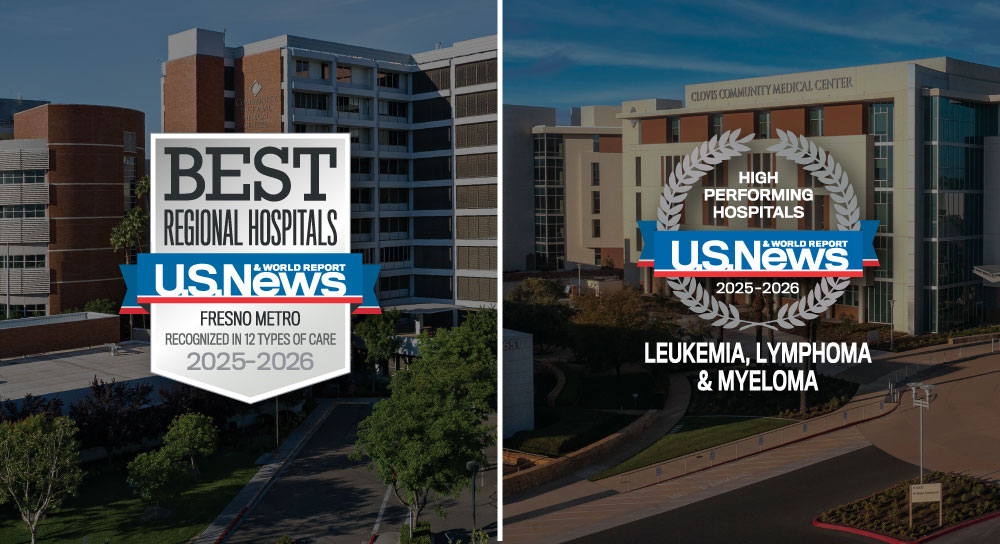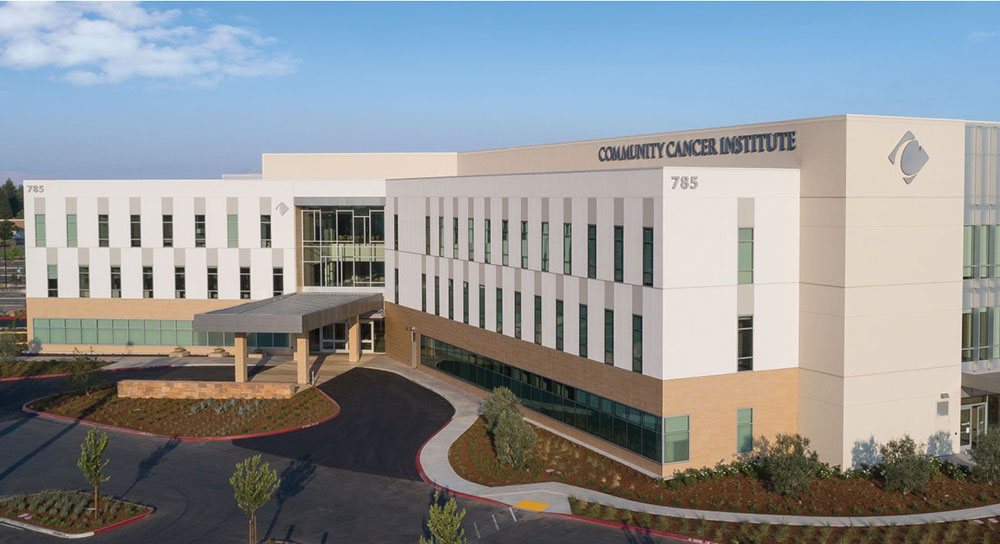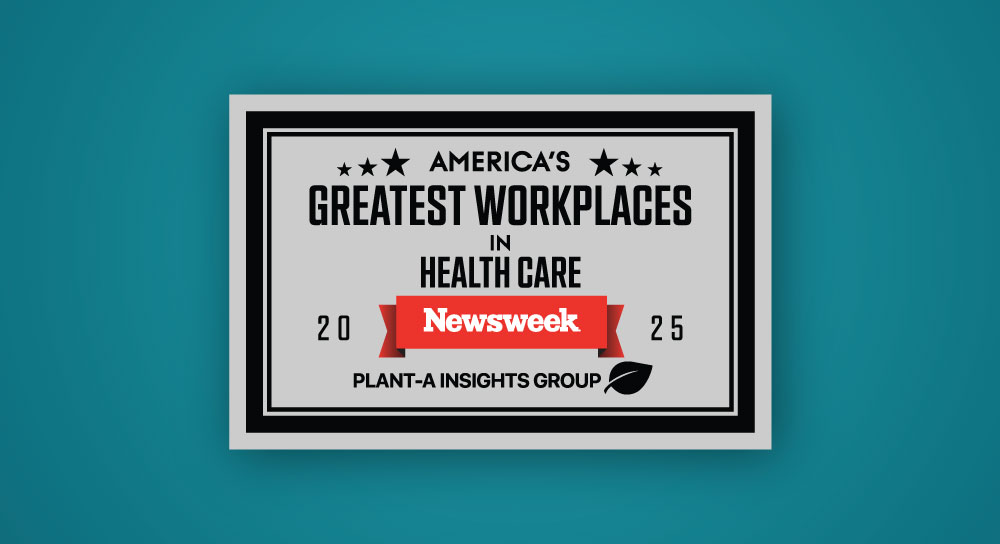Caring for Central Valley families requires more than just medical care. It means investing to attract the brightest medical minds, to expand horizons for children and to enhance support for patients. Last year, Community Medical Centers provided $214 million in uncompensated care, medical education, outreach and patient support services to create a healthier Valley for us all.
That vital “community benefit” spending was equivalent to 15% of the hospital network’s total expenses in fiscal year 2015-16. California requires hospitals to give back to the people they serve to retain their nonprofit designation and to report that out publicly in an annual Community Benefit Report. Community uses the funds left over after operating expenses to further our mission of “improving the health status of our community.” And in most years, Community invests more than all Fresno-area hospitals combined.
Since 1996, Community has provided $2.16 billion in community benefit, with the single largest unreimbursed cost being for Medi-Cal patients. Statewide, Community Regional Medical Center had the second highest number of Medi-Cal patients discharged from the hospital.
Millions of dollars spent attracting much-needed doctors to the area
The second largest portion of community benefit investment last year — $58.4 million — was on medical education to attract physicians to a region that has the lowest doctor-to-patient ratios in California. Community Medical Centers’ 42-year partnership with one of the nation’s top rated medical schools has encouraged physicians to train — and stay in the Valley.
The University of California, San Francisco’s medical education program trains 260 residents and 40 fellows annually at Community’s hospitals and clinics. Since 2000, half of those UCSF Fresno graduates have stayed to set up medical practices locally.
Community invested more than $475 million in the past decade to bring expert faculty doctors, specialists and research to the Valley which otherwise would not have the population to support or attract medical care for rare conditions. Last year, UCSF Fresno and Community established the region’s first accredited cystic fibrosis program to treat adults along with children. And among the 261 active research studies conducted at Community campuses last year was a breakthrough on diagnosing Valley Fever faster.
“The relationship between UCSF Fresno and Community Medical Centers is a model for university-community partnerships. Robust clinical partnerships are crucial to the medical education program. They provide much needed support and the settings in which our faculty teach the next generation of physicians,” said Dr. Michael W. Peterson, associate dean at UCSF Fresno. “The patient care that is provided as a result of university-community partnerships is vital to the Valley. Fifty percent of the physicians trained at UCSF Fresno remain in the Central Valley to provide care for thousands of patients each year, including a large number of underserved community members.”






